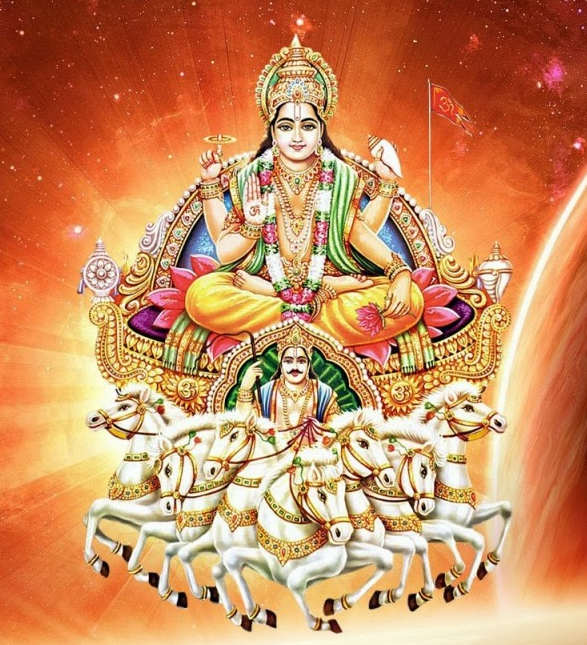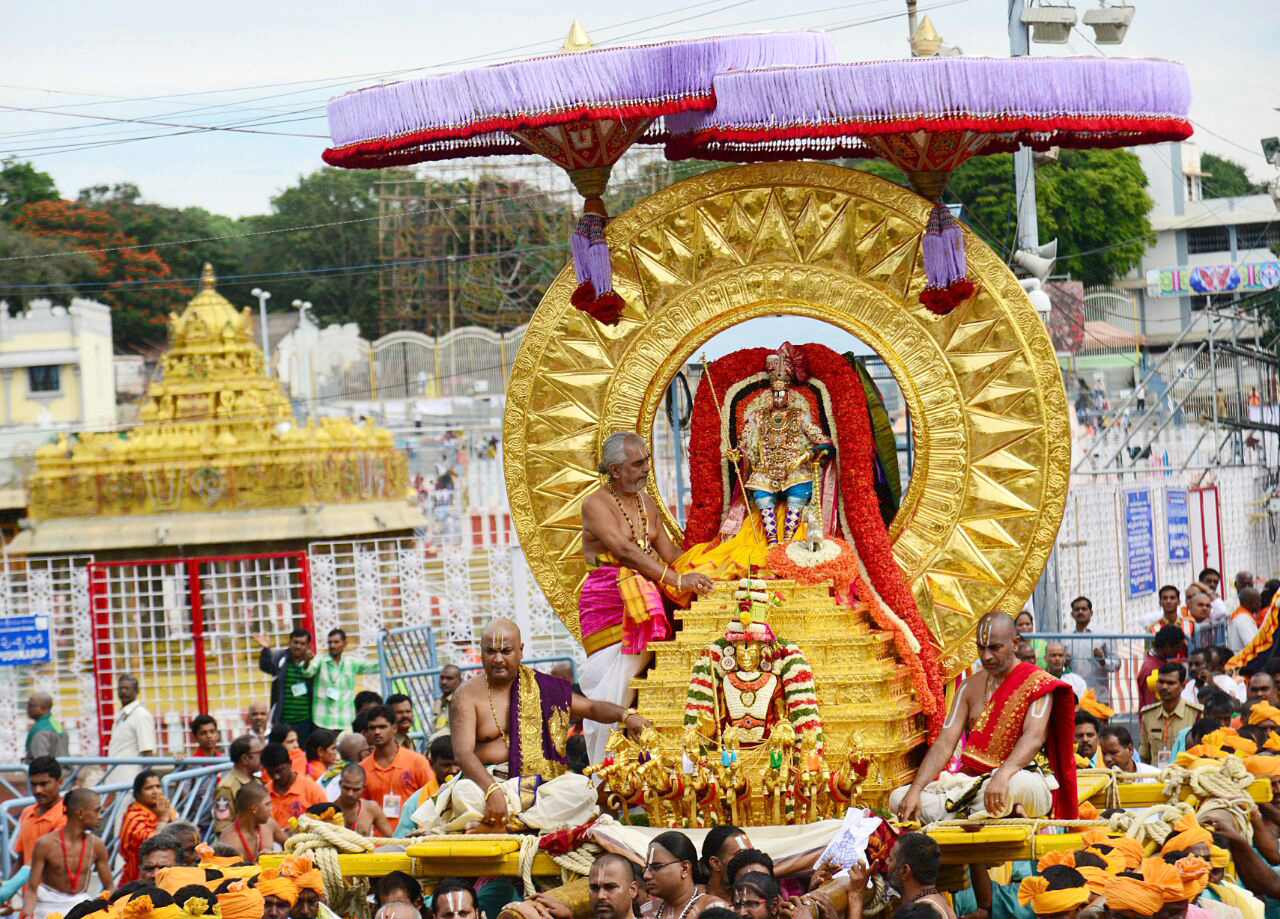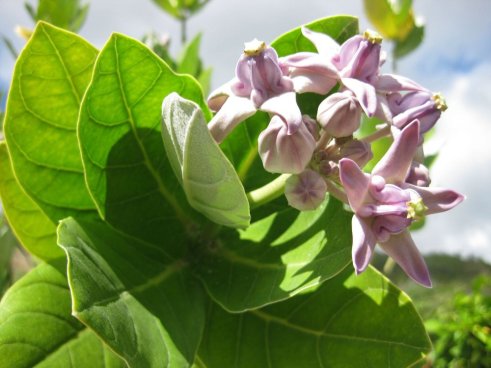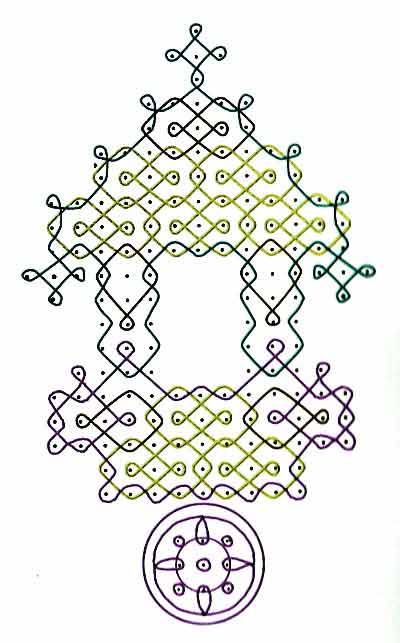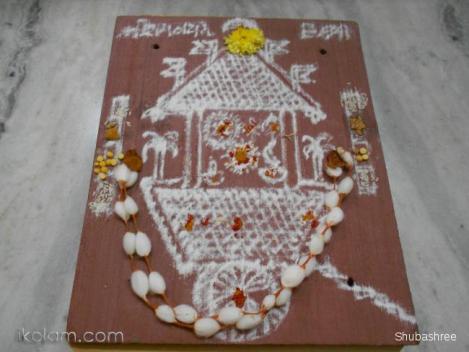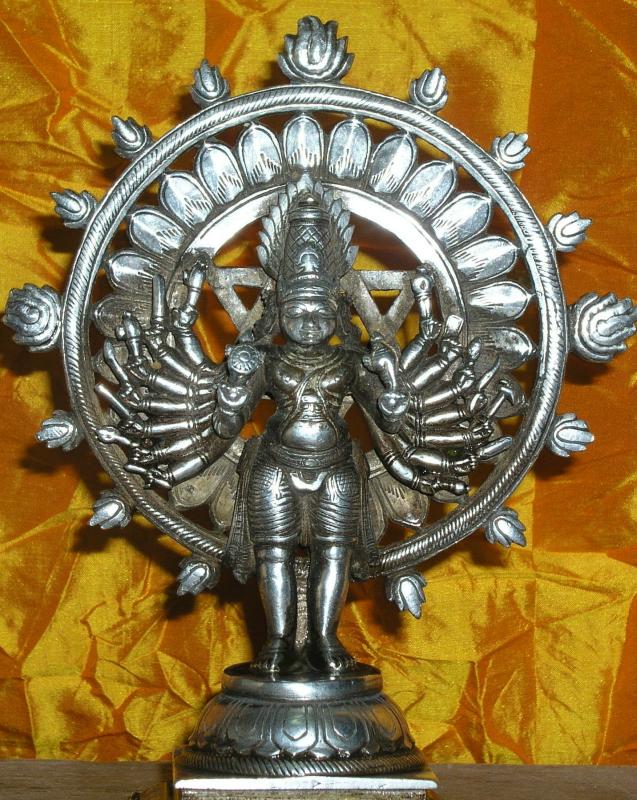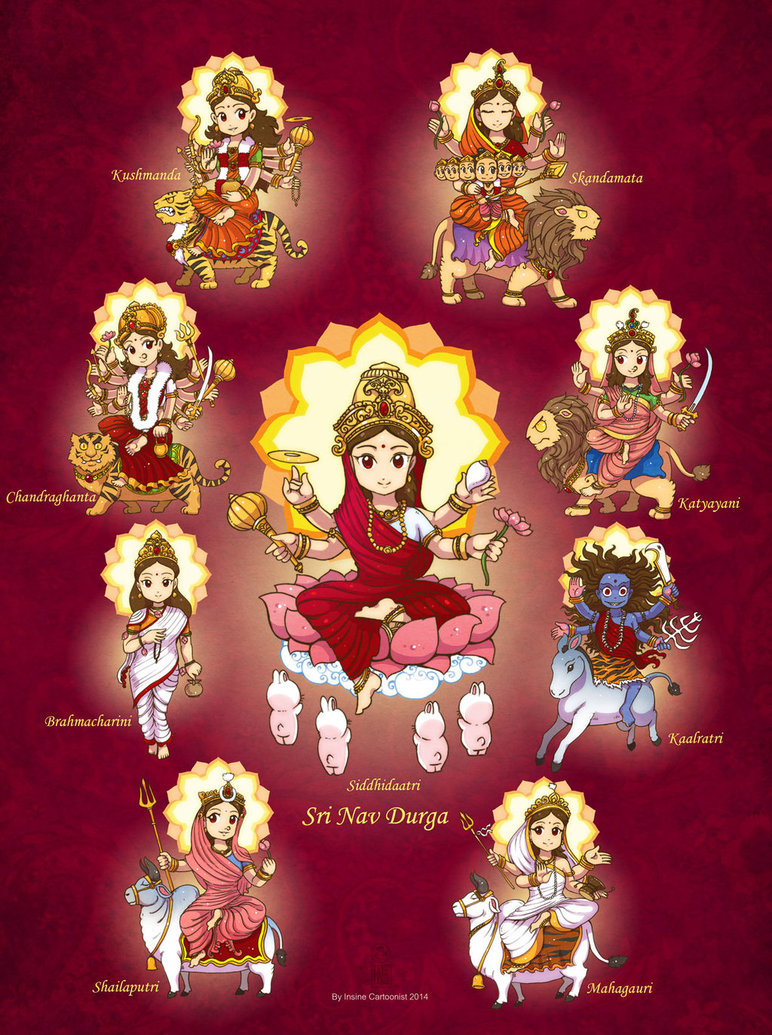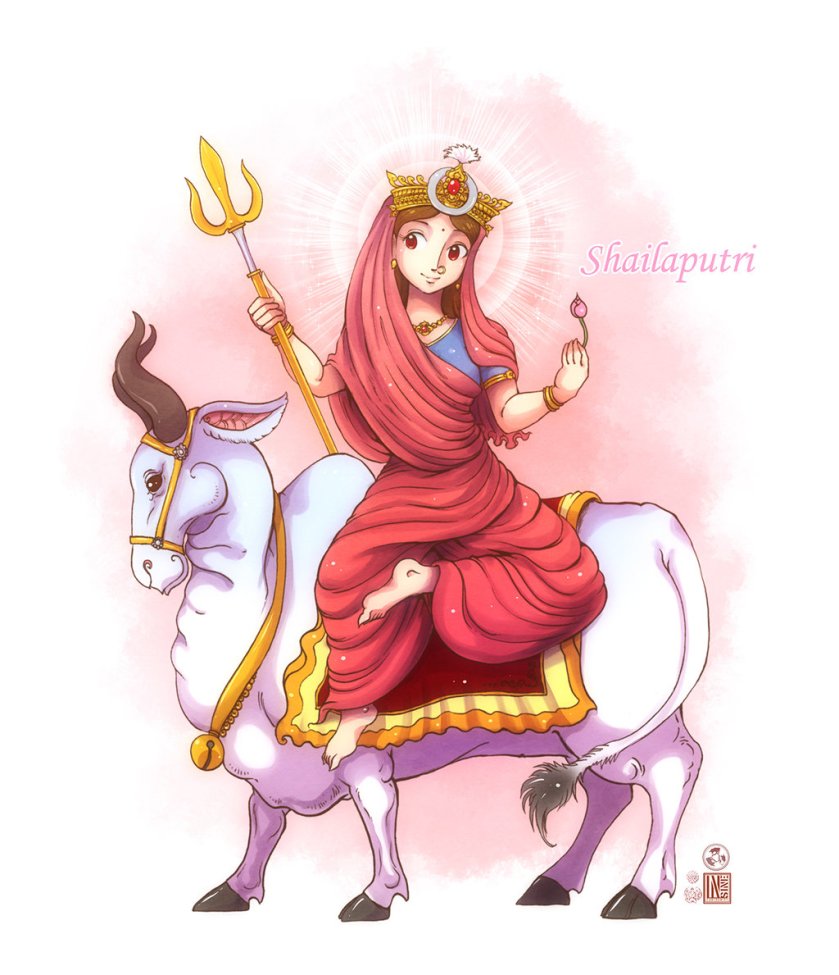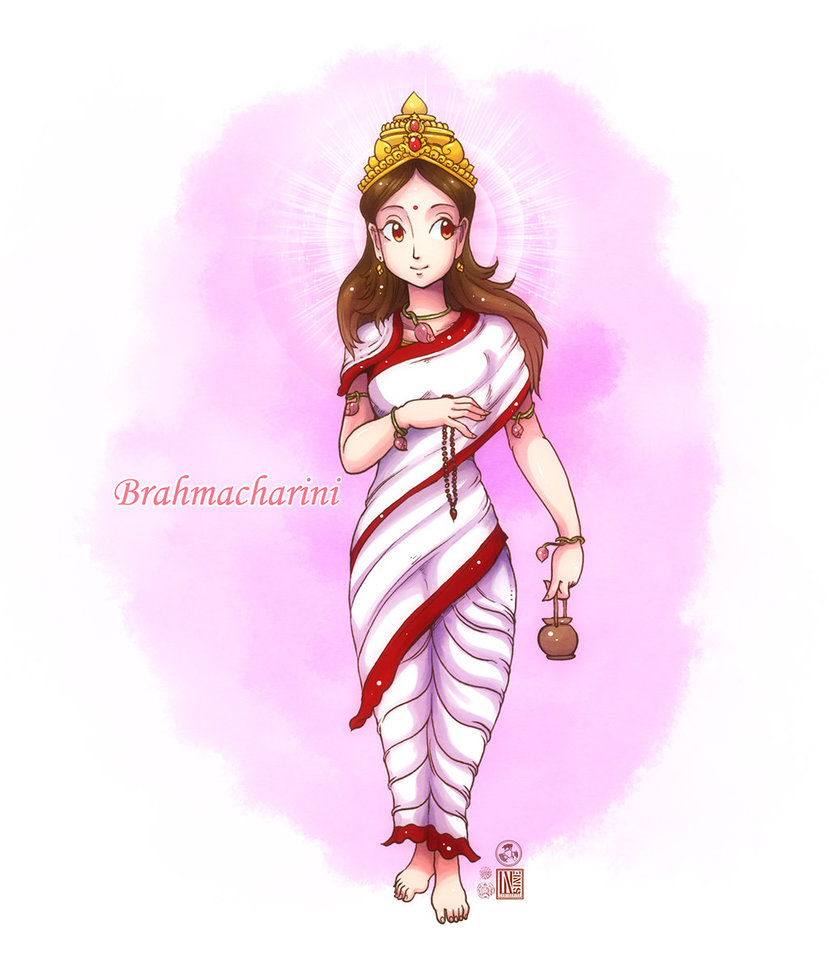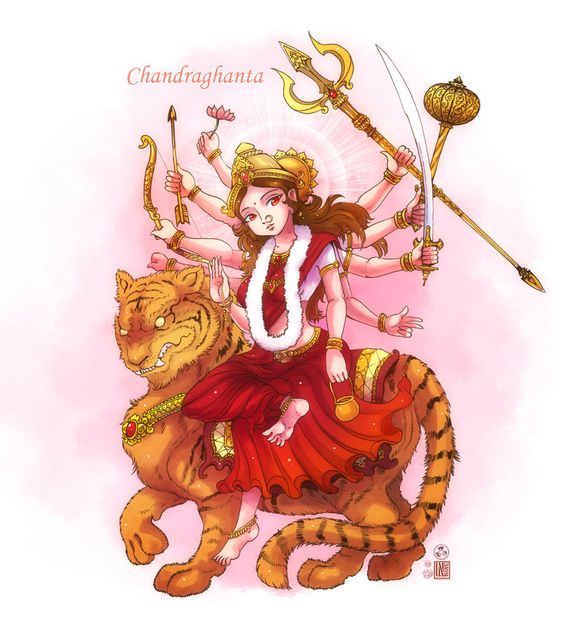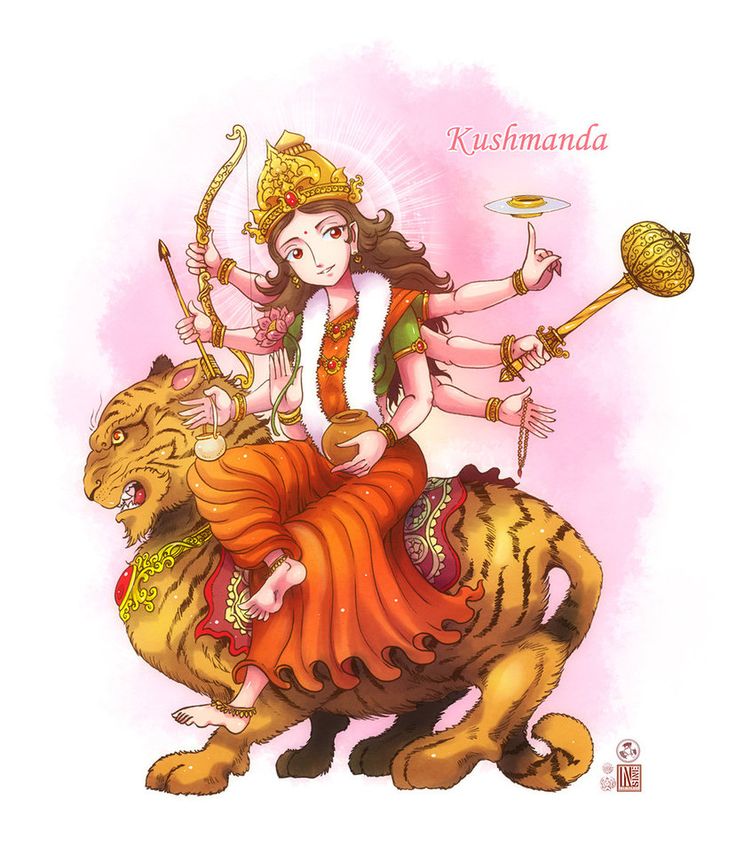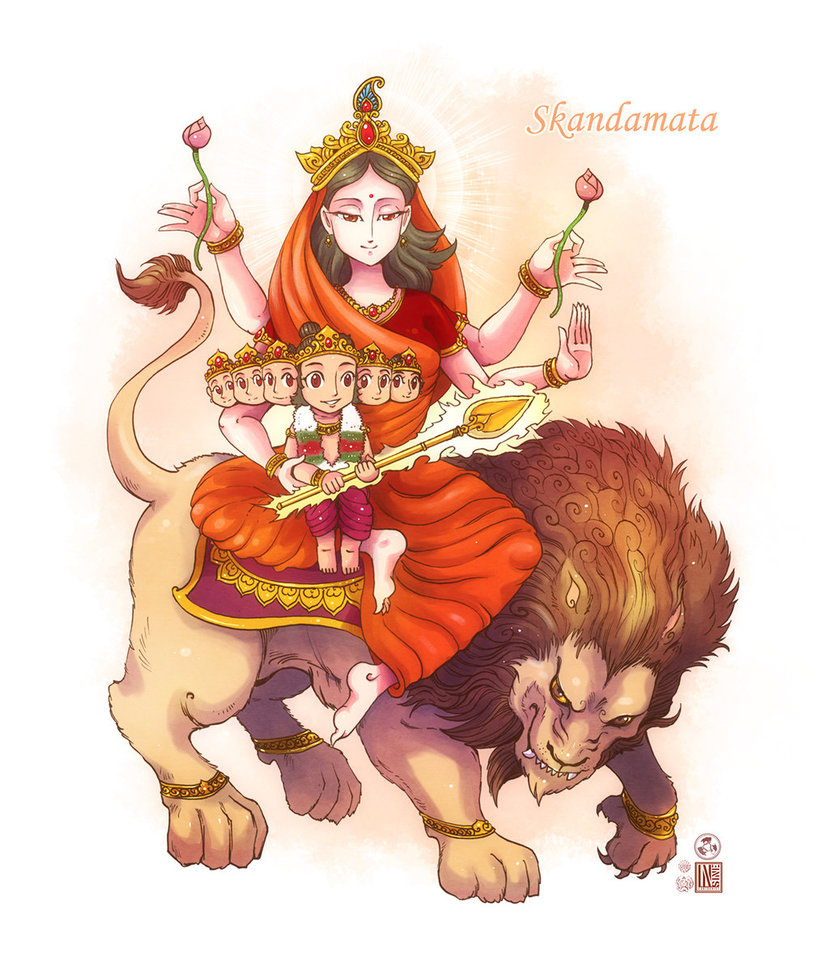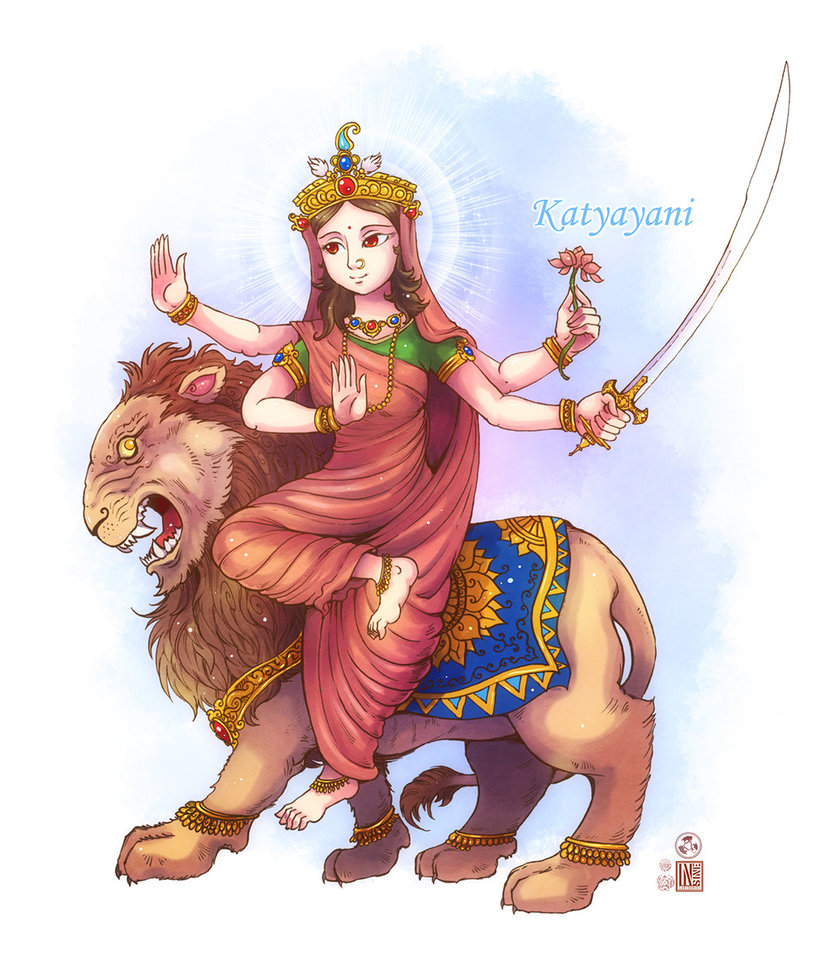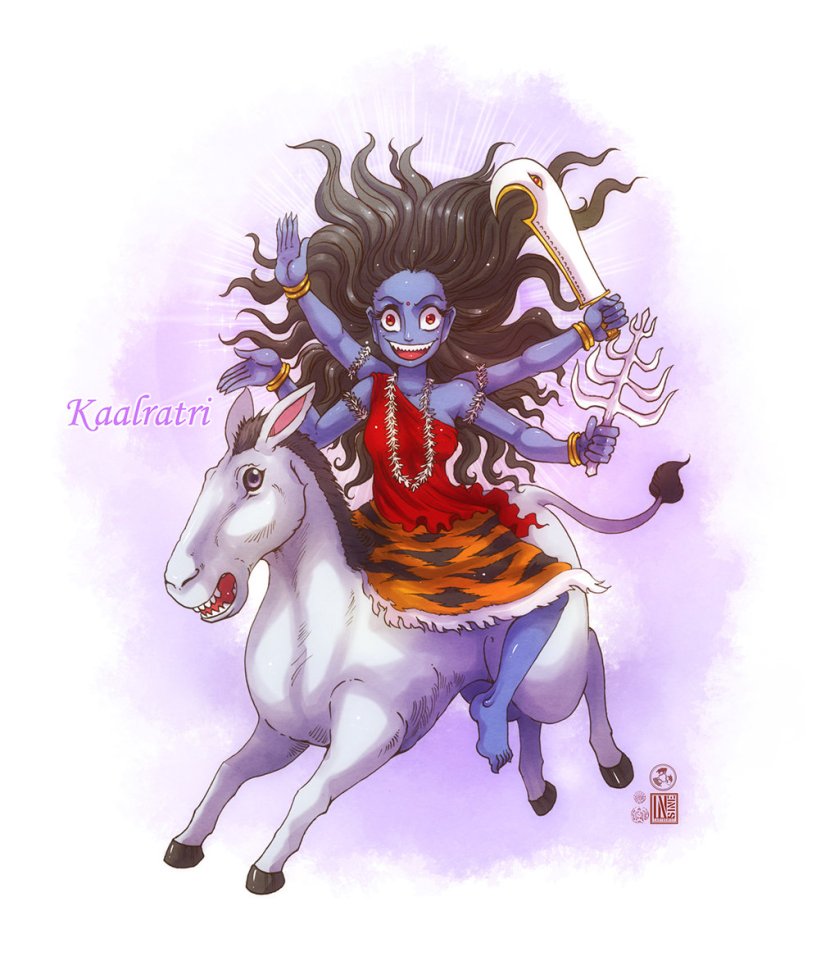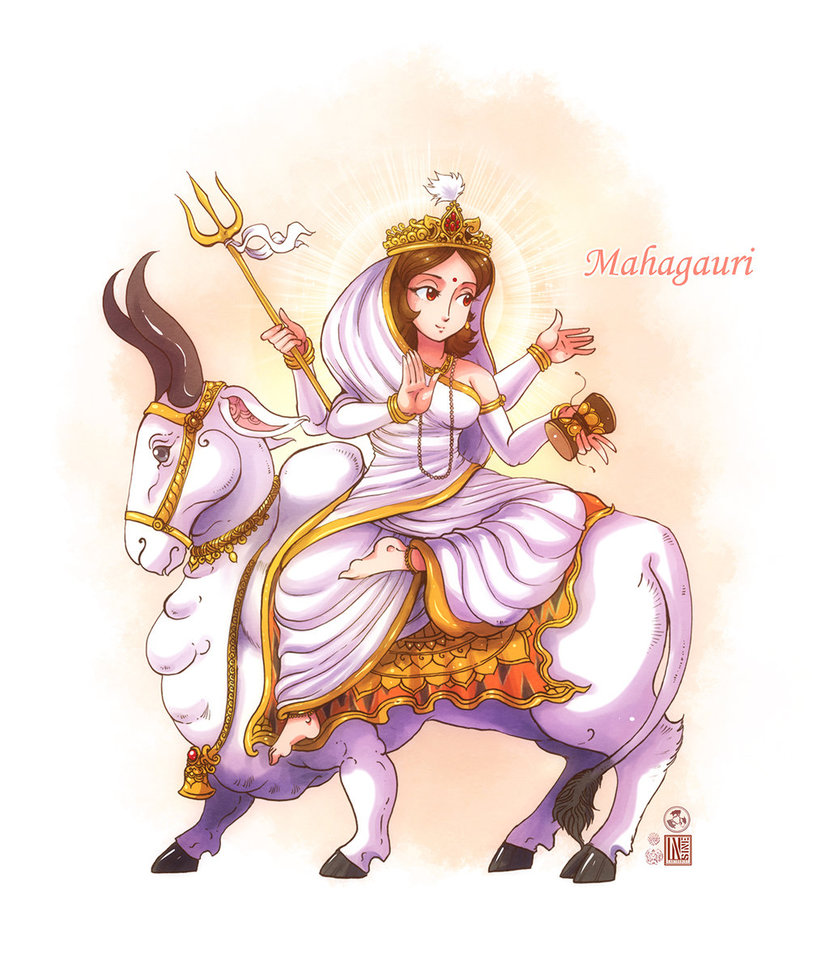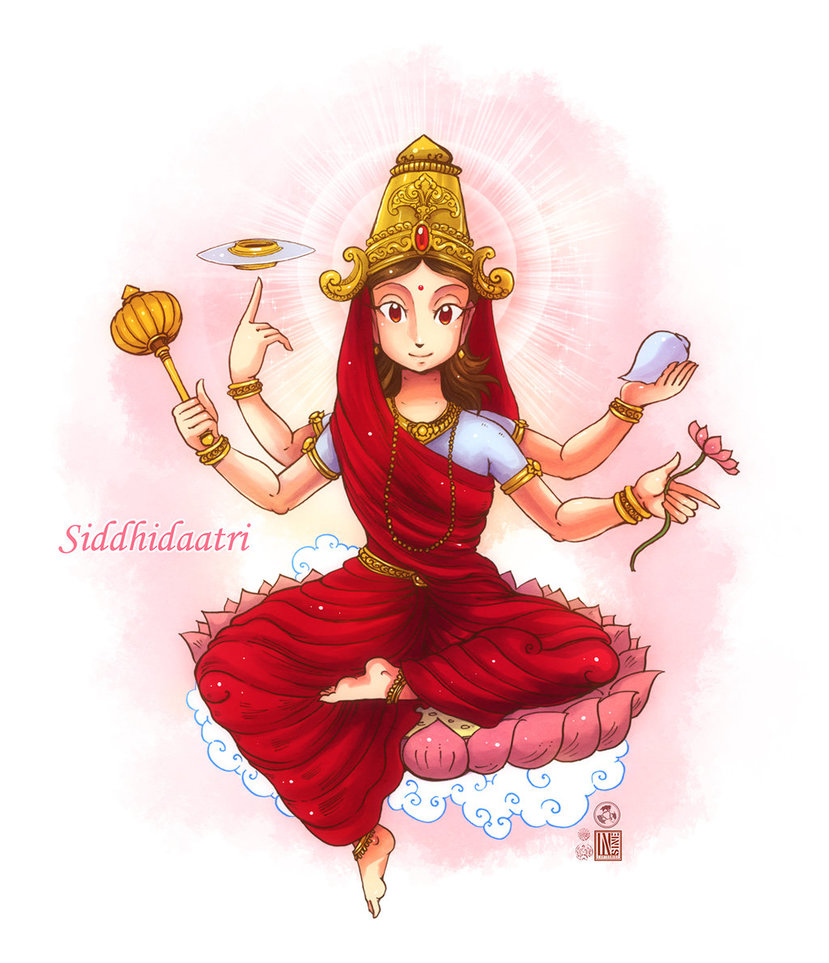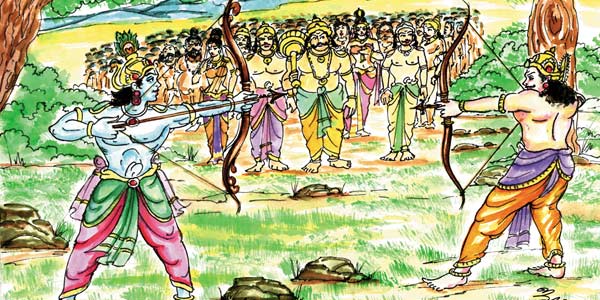
யுத்தம் இறுதிக் கட்டத்தை எட்டிவிட்டதுபோல் தோன்றியது. ஏனென்றால், கிருஷ்ணர் சக்ராயுதத்தை எடுத்துவிட்டார். அர்ச்சுனனோ பரமசிவனிடமிருந்து தான் பெற்ற பாசுபதாஸ்திரத்தைப் பிரயோகம் செய்ய முடிவுசெய்து விட்டான். அன்று காலை நடந்த சம்பவம்தான் யுத்தத்திற்குக் காரணம். ஒரு கந்தர்வன் பறக்கும் தேரில் வானில் போய்க் கொண்டிருந்தான். அவனுக்கு அது உல்லாச விளையாட்டு. துவாரகை மேல் அவன் பறந்தபோது கீழே நதியில் கிருஷ்ணர் நீராடிக் கொண்டிருந்ததை அவன் கவனிக்கவில்லை.
மிகத் தாழ்வாகத் தன் தேரைச் செலுத்தினான். தேரில் பூட்டப்பட்டிருந்த குதிரைகளின் குளம்புகள் கிருஷ்ணர் தலையில் பட்டுவிடும்போல் தோன்றியது. கிருஷ்ணர் சடாரென்று தலையைக் குனிந்து கொண்டார். நல்லவேளை தேர் மேலே உயரப் பறந்து சென்றது. கிருஷ்ணர் கடும் சீற்றமடைந்தார். யார் இவன்? இவ்வளவு தாழ்வாகத் தன் தேரைச் செலுத்த வேண்டிய அவசியமென்ன? உல்லாசத்திற்கு ஓர் அளவில்லையா? என் தலையில் இடிக்கிறாற்போல் இப்படித் தாழ்வாகப் பறந்து சென்றவன், நான் தலையைக் குனிந்துகொண்டதைப் பார்த்த பின்னும் என்னிடம் மன்னிப்புக் கேட்காமல் செல்கிறானே?
சீற்றமடைந்த கிருஷ்ணர் தேரில் பறந்து சென்ற கந்தர்வனை நோக்கி உரத்த குரலில் வெகுண்டார்: ‘‘ஏ கந்தர்வனே! இது நான் அரசாளும் துவாரகாபுரி என்பதை உணராது மிகத் தாழ்வாகப் பறந்துசென்றாய். எனக்குரிய மரியாதையைத் தராது அலட்சியம் செய்துவிட்டாய். நீ எங்குபோய்ப் பதுங்கினாலும் இன்று சூர்யாஸ்தமனத்திற்குள் உன்னைக் கொல்வேன்! இது சத்தியம்!’’ கிருஷ்ணரின் சபதம் ஆகாயத்தில் எதிரொலித்தது. கந்தர்வன் நடுநடுங்கினான். உல்லாச விளையாட்டு கடைசியில் உயிருக்கே ஆபத்தாகி விட்டதே?
இப்போதே கிருஷ்ணரிடம் போய் மன்னிப்புக் கேட்போமா? ஆனால், அப்படிச் சென்றால், மன்னிக்காமல் கொன்றுவிட்டால்..? அப்படித்தானே சபதம் செய்திருக்கிறார்? நேரே இந்திரனிடம் சென்று சரண் புகுந்தான் கந்தர்வன். ஆனால், இந்திரன் கைவிரித்துவிட்டான். கோகுலத்தில் மழைபொழிய வைத்துத் தான் பட்ட பாடு போதாதா? ஏழு நாட்கள் ஆட்காட்டி விரலால் கோவர்த்தனகிரியைத் தூக்கி, கோபர்களைக் காப்பாற்றியவர் அல்லவா கிருஷ்ணர்? அவர் பராக்கிரமம் அறிந்த பின்னரும் அவரை எப்படி விரோதித்துக் கொள்ள இயலும்?
பிரம்மாவிடம் சென்றான் கந்தர்வன். பிரம்மா, கிருஷ்ணர் திருமாலின் அவதாரம் என்றும், தான் திருமாலின் தொப்பூழில் விளைந்த தாமரையில் தோன்றியவன் என்பதால் கிருஷ்ணர் ஒருவகையில் தனக்குத் தந்தை முறையாக வேண்டும் என்றும் தந்தையை எதிர்ப்பது தர்மமல்ல என்றும் சொல்லிவிட்டார். கந்தர்வன் கயிலாயம் சென்று சிவபெருமானைப் பணிந்தான். சிவனோ, கிருஷ்ணர் தனக்கு மைத்துனர் முறையாகவேண்டும் என்றும் திருமாலின் சகோதரியான மீனாட்சிதானே தன் மனைவி என்றும் கிருஷ்ணரைப் பகைத்துக் கொள்ளத் தன்னால் இயலாது என்றும் சொல்லி பின்வாங்கிவிட்டார்.
நேரம் கிடுகிடுவெனக் கடந்துகொண்டிருந்தது. சூரியாஸ்தமனத்திற்குள் பிழைக்க வழி தேடியாக வேண்டும். கொல்வதற்காகத் தன்னை கிருஷ்ணர் தேடிக் கொண்டிருப்பார். என்ன செய்வது? அச்சத்தில் தோன்றிய வியர்வையால் கந்தர்வனின் உடல் முழுதும் நனைந்தது. அப்போது ‘நாராயண நாராயண!’ என்றவாறே அவன் முன் தோன்றினார் நாரதர். கந்தர்வனின் அச்சத்திற்கான காரணத்தைக் கனிவோடு விசாரித்தார். கண்களில் கண்ணீர் வழிய நடந்தது அனைத்தையும் விவரித்தான் கந்தர்வன்.
சற்று நேரம் சிந்தித்த நாரதர் அவன் பிழைக்க விந்தையான ஓர் உபாயம் சொன்னார்: ‘‘கந்தர்வனே! நேரே அர்ச்சுனனிடம் போ. உன்னைக் காப்பாற்றுமாறு வாக்குறுதி வாங்கு! அப்படியானால் நீ தப்பிக்கலாம்! கிருஷ்ணருக்குச் சமமான வீரன் அர்ச்சுனன் தான்!’’ கந்தர்வன் திகைத்தான். ‘‘பிரபோ! அர்ச்சுனர், கிருஷ்ண பக்தராயிற்றே? கிருஷ்ணரை எதிர்க்க எப்படி ஒப்புக் கொள்வார்?’’ என்று கேட்டான். ‘‘அர்ச்சுனன் கிருஷ்ணரை எதிர்க்க ஒப்புக் கொள்ள மாட்டான். முதலில் உன்னைக் கொல்ல நினைக்கும் ஒருவரிடமிருந்து உன்னைக் காப்பாற்ற வேண்டும் என்று மட்டும் சொல்லி வாக்குறுதி வாங்கிவிடு.
பிறகு அப்படிக் கொல்ல நினைப்பவர் கிருஷ்ணர்தான் என்பதைத் தெளிவுபடுத்து. வாக்குத் தவறாத அர்ச்சுனனுக்கு உன்னைக் காப்பாற்றுவதைத் தவிர வேறு வழியில்லாமல் போய்விடும்!’’ கந்தர்வன் மனத்தில் சற்று நிம்மதி தோன்றியது. அவன் நாரதரிடம் விடைபெற்று அர்ச்சுனனிடம் சென்றான். பஞ்ச பாண்டவர்கள் முன்னிலையில், கொல்ல வருபவரிடமிருந்து தன்னைக் காப்பாற்றுமாறு கதறியவாறே அர்ச்சுனன் கால்களில் விழுந்து அவன் பாதங்களைப் பிடித்துக் கொண்டான் கந்தர்வன். அவனது கதறல் அர்ச்சுனனை திகைக்க வைத்தது.
‘‘பதறாதே கந்தர்வா! கட்டாயம் உன்னைக் காப்பாற்றுகிறேன்! யார் உன்னைக் கொல்வதாகச் சொல்கிறார்கள்? நீ என்ன தவறு செய்தாய்?’’ ‘‘பிரபோ! நான் அச்சத்தால் நடுங்கிக் கொண்டிருக்கிறேன். தாங்கள் என்னைக் காப்பாற்றுவதாகச் சொன்னதை ஒரு வாக்குறுதியாக நான் கொள்ளலாமா? அப்படி வாக்குறுதி தருவதானால் நம்பிக்கையுடன் மேல் விவரங்களைச் சொல்வேன்!’’ அர்ச்சுனன் நடக்கவிருக்கும் விபரீதம் தெரியாமல் கடகடவென்று நகைத்தான். ‘‘கந்தர்வனே! என் பேச்சு அனைத்தும் வாக்குறுதிதான்.
ஒரு பேச்சுப் பேசிய நான் பின்னர் அதை மாற்றி மறுபேச்சுப் பேசும் ஆளல்ல. இதோ என் சகோதரர்கள் முன்னிலையில், என் தாயின் முன்னிலையில், என் மனைவி பாஞ்சாலி முன்னிலையில் உனக்கு வாக்குறுதி தருகிறேன். யார் உன்னைக் கொல்ல வந்தாலும் அவர்களிடமிருந்து உன்னைக் காப்பாற்றுகிறேன். போதுமா? இப்போது சொல் என்ன நடந்தது என்று!’’ இதைக் கேட்ட யுதிஷ்டிரர் திகைத்தார். என்ன சிக்கல் என்று தெரிந்துகொள்ளாமலே வாக்குறுதி கொடுத்து ஏதேனும் புதிய பிரச்னையில் அர்ச்சுனன் மாட்டிக்கொள்ளாமல் இருக்க வேண்டுமே?
கந்தர்வன் கண்ணைத் துடைத்துக் கொண்டான். மெல்ல மெல்ல நடந்ததனைத்தையும் விவரித்தான். ‘‘பிரபோ! கிருஷ்ணர்தான் என்னைக் கொல்ல வருபவர் என்பதை முதலில் சொன்னால் நீங்கள் வாக்குறுதி தர மாட்டீர்கள் என்பதால்தான் அதைப் பின்னர் தெரிவித்தேன். என் உயிர் பிழைக்க எனக்கு வேறு உபாயம் தெரியவில்லை. என்னை மன்னியுங்கள்!’’ அர்ச்சுனனின் நெஞ்சம் பதறியது. அவசரத்தில் என்ன காரியம் செய்துவிட்டோம்? வழிபடும் கடவுளையே எதிர்ப்பதா? அது எப்படிச் சாத்தியம்?
கூர்மையாக அர்ச்சுனனைப் பார்த்தவாறே தர்மபுத்திரர் சொன்னார், ‘‘எது சாத்தியம், எது சாத்தியமில்லை என்பதல்ல இப்போதைய கேள்வி. கொடுத்த வாக்கைக் காப்பாற்றாவிட்டால் அதைப்போன்ற பாவச் செயல் வேறில்லை. வாக்குப்படி நடப்பதே தர்மம்!’’ குந்தியும் பாஞ்சாலியும் மற்றுமுள்ள பாண்டவர்களும் விக்கித்து நின்றார்கள். அண்ணா தர்மபுத்திரரின் நியாயமான பேச்சைக் கேட்ட அர்ச்சுனன் கந்தர்வனைத் தன் பின்னால் நிற்கச் சொன்னான். ‘‘கிருஷ்ணரிடமிருந்து நான் உன்னைக் காப்பேன்!’’ என்றவாறே காண்டீபத்தை எடுத்துத் தயார் நிலையில் வைத்துக்கொண்டான்.
தான் கொல்ல நினைத்த கந்தர்வனை அர்ச்சுனன் பாதுகாக்கிறான் என்ற தகவல் கிருஷ்ணரை எட்டியது. என்ன செய்வது இப்போது? தன் பக்தனுடன் சண்டையிடுவதா? அவர் விறுவிறுவென்று அர்ச்சுனனைத் தேடி வந்தார். கந்தர்வனைத் தன்னிடம் ஒப்படைத்து விடுமாறும் அவன் உயிரை சூரியாஸ்தமனத்திற்குள் தான் பறிப்பதாகச் சபதம் செய்திருப்பதாகவும் தெரிவித்தார். அர்ச்சுனன் கலகலவென்று நகைத்தான். கந்தர்வன் உயிரைத் தான் காப்பாற்றுவதாக வாக்குறுதி கொடுத்திருப்பதாகவும் அவனைக் கிருஷ்ணரிடம் ஒப்படைப்பதற்கில்லை என்றும் அவன் தெரிவித்தான்!
இப்படித்தான் தொடங்கியது கிருஷ்ண-அர்ச்சுன யுத்தம். ஒருவர் பகவான்; ஒருவன் பக்தன். ஆனாலும் கடும் சண்டை நடந்தது. அர்ச்சுனனின் பின்னால் பதுங்கியிருந்த கந்தர்வன் முகத்தில் அச்சத்தால் வியர்வை முத்துக் கட்டியிருந்தது. முடிவே இல்லாமல் யுத்தம் தொடர்ந்தது. பிற பாண்டவர்களும் பாஞ்சாலியும், குந்திதேவியும் இந்த யுத்தம் நல்லபடியாக, இரு தரப்பினருக்குமே வெற்றி தருவதாக முடியவேண்டும் என்று கிருஷ்ணரைப் பிரார்த்தித்தபடி இருந்தார்கள்.
ஆனால், அது எப்படி சாத்தியம் என்றுதான் தெரியவில்லை. கிருஷ்ணர்தான் அந்த கந்தர்வனை சூரியாஸ்தமனத்திற்குள் கொல்வதென்று சபதம் செய்திருக்கிறாரே? சூரியன் மலைவாயில் விழும் நேரமல்லவா இது? கிருஷ்ணர் சுதர்சன சக்கரத்தைக் கையில் எடுத்துவிட்டார். அப்படியானால் கந்தர்வன் தலை வெட்டுப்படுமே? அவன் உயிரைக் காக்க வேண்டியது தன் கடமை ஆயிற்றே? அர்ச்சுனன் பாசுபதாஸ்திரத்தைக் கையில் எடுத்தான். உலகமே கிடுகிடுவென நடுங்கத் தொடங்கியது. இரண்டும் பிரயோகிக்கப்பட்டால் அகிலம் அழிவது உறுதி. தேவர்கள் கைகூப்பிப் பிரார்த்தித்தவாறு வானில் நின்றிருந்தார்கள்.
திடீரென ‘‘இருவரும் உடனடியாக யுத்தத்தை நிறுத்துங்கள்!’’ என்ற குரல் எழுந்தது பிரம்மாவிடமிருந்து. கையில் தூக்கிய ஆயுதங்களைப் பிரயோகிக்காமல் அப்படியே நின்றார்கள் கிருஷ்ணரும் அர்ச்சுனனும். பிரம்மா பேசலானார்: ‘‘அர்ச்சுனா! உடனே கந்தர்வனை கிருஷ்ணரிடம் ஒப்படைத்துவிடு. கிருஷ்ணரின் சபதம் சூரியாஸ்தமனத்திற்குள் நிறைவேறியாக வேண்டும்!’’ ‘‘அப்படி நான் விட்டுக்கொடுத்தால் என் வாக்குறுதி என்னாவது?’’ அர்ச்சுனன் கேட்டான். ‘‘கவலைப்படாதே! உன் வாக்குறுதியைக் காப்பாற்ற வேண்டியது என் பொறுப்பு. என்னை நம்பு.’’
பிரம்மதேவர் சொன்னதைக் கேட்டு அர்ச்சுனன் மனம் குழம்பியது. ஆனாலும் அவர் சொல்வதில் ஏதேனும் சூட்சுமம் இருக்கலாம். பிரம்மதேவரை நம்ப வேண்டியதுதான். நடுநடுங்கிய கந்தர்வனை வற்புறுத்தி கிருஷ்ணரிடம் அனுப்பினான் அர்ச்சுனன். அடுத்த கணம் கிருஷ்ணரின் சுதர்சன சக்கரம் கந்தர்வன் தலையை வெட்டித் தள்ளியது. ‘‘நான் வாக்கு தவறிவிட்டேனே?’’ என்று அர்ச்சுனன் உரத்த குரலெடுத்துப் பிரலாபித்தான். ‘‘சற்றுப் பொறு!’’ என்று அர்ச்சுனனை நோக்கிக் கையசைத்தார் பிரம்மதேவர். கந்தர்வனின் தலையையும் உடலையும் சேர்த்து வைத்தார்.
மறுகணம் அவர் வலக்கரம் ஆசி கூறுவதுபோல் உயர்ந்தது. இறந்த கந்தர்வனுக்கு உயிரூட்டினார் பிரம்மா. படைப்புக் கடவுள் தானே அவர்? புது மலர்ச்சியோடு எழுந்தான் கந்தர்வன். ‘‘ஸ்ரீகிருஷ்ணா! என்னை மன்னித்து விடுங்கள்!’’ என்று கிருஷ்ணரின் பாதங்களை நமஸ்கரித்தான். சிவபெருமான் கலகலவென்று சிரித்தார். ‘‘ஆக கிருஷ்ணர் சபதம், அர்ச்சுனன் வாக்குறுதி இரண்டும் நிறைவேறிவிட்டன. கிருஷ்ணர் சபதப்படி கந்தர்வன் கொல்லப்பட்டான். அர்ச்சுனன் வாக்குறுதிப்படி அவன் உயிர் காப்பாற்றப்பட்டு விட்டது!’’
குந்திதேவி கிருஷ்ணரிடம் ரகசியமாகக் கேட்டாள்: ‘‘கண்ணா! எல்லா நாடகத்தையும் நடத்துபவன் நீதான் என்பதை அறிவேன். இந்த நாடகத்தை எதற்காக நடத்தினாய்?’’ கிருஷ்ணர் நகைத்தவாறே கூறினார்: ‘‘விரைவில் மகாபாரத யுத்தம் வரப் போகிறது. அப்போது அர்ச்சுனன் குரு என்றும் சகோதரர்கள் என்றும் பாராமல் பலரைக் கொன்று குவிக்க வேண்டியிருக்கும். அதற்கு அவன் மனத்தைப் பக்குவப்படுத்தத் தான் அவன் வழிபடும் கடவுளான என்னை நோக்கியே அவன் யுத்தம் செய்யும் சூழ்நிலையை உருவாக்கினேன்!
யார் கண்டது? அப்படியும் அவன் மனம் பக்குவம் அடையவில்லை என்றால் யுத்த களத்திலேயே அவனுக்கு உபதேசம் செய்ய வேண்டியிருக்கலாம்!’’‘‘ யுத்தத்தில் ரத்த பந்தமுள்ள சகோதரனைக் கூட அர்ச்சுனன் கொல்ல வேண்டியிருக்குமா கிருஷ்ணா?’’ குந்தி ஆழ்ந்த கவலையோடு கேட்டாள். ‘‘ஆம். கூடப் பிறந்தவனையே கூட அவன் கொல்ல வேண்டியிருக்கலாம். கூடப் பிறந்தவன் என்று தெரியாமலே கூட அவன் அச்செயலைச் செய்து முடிக்கலாம். இன்று மூடி மறைக்கப்பட்டுள்ள பல ரகசியங்கள் அப்போது பகிரங்கமாக வெளிப்படலாம்!’’ இப்படிச் சொல்லிவிட்டு, எல்லாம் தெரிந்த கண்ணன் குந்தியின் கண்களையே கூர்மையாகப் பார்த்தான். அவன் பார்வையைத் தாங்க இயலாத குந்தி விம்மியவாறே தலைகுனிந்தாள்.




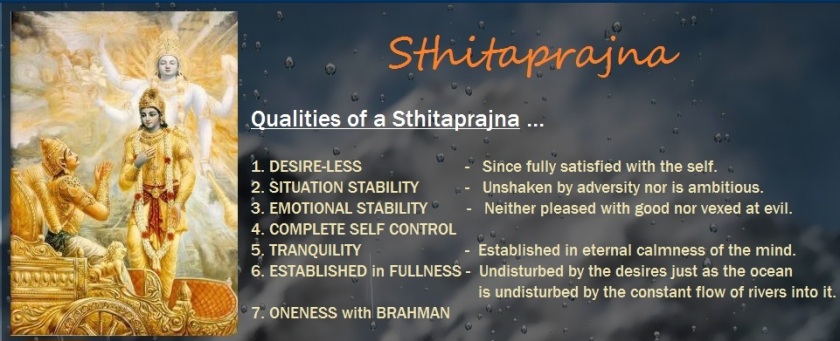
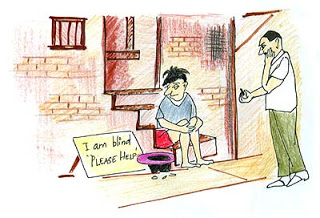
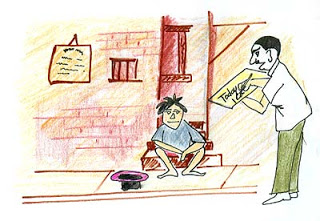
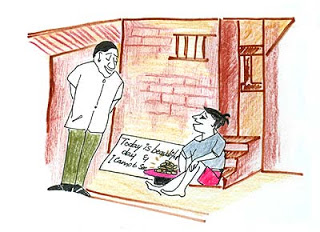
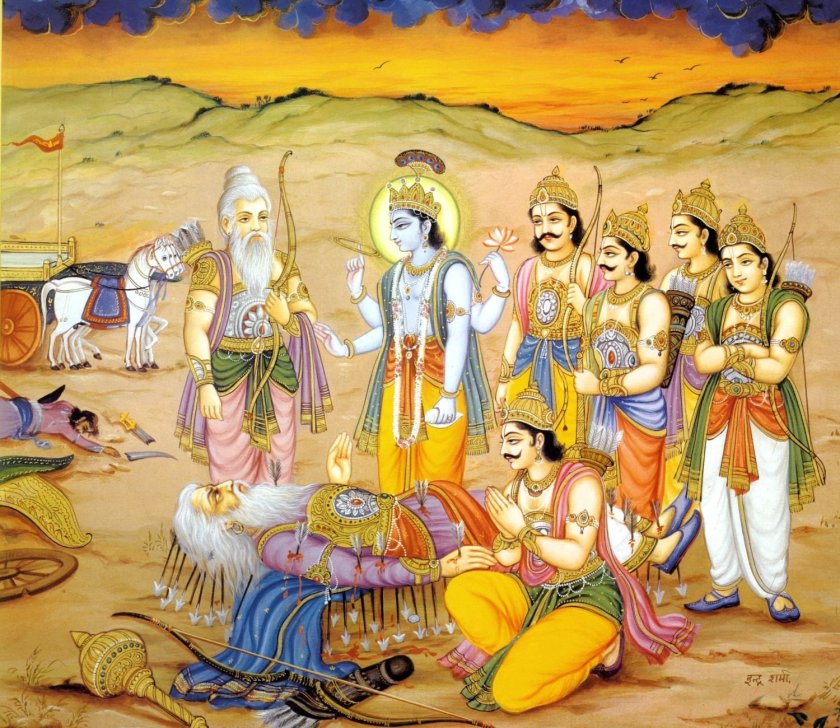
![Ratha Sapthami/ Surya Jayanti 24/01/2018- A Day Dedicated to the Lord Surya [Sun God]](https://mightykrishna.files.wordpress.com/2017/02/091010-3a382433-e0f7-484b-b.jpg?w=1200)
